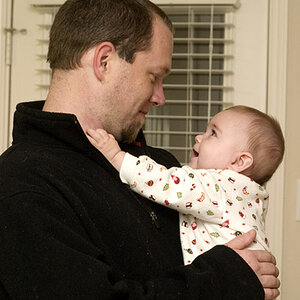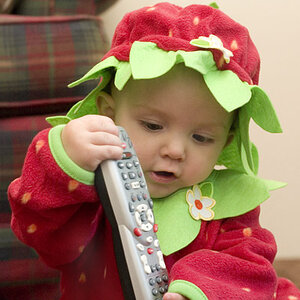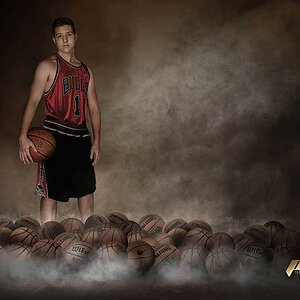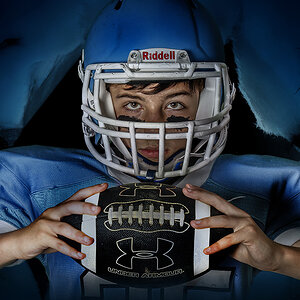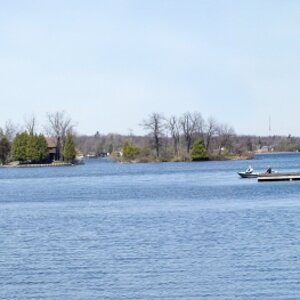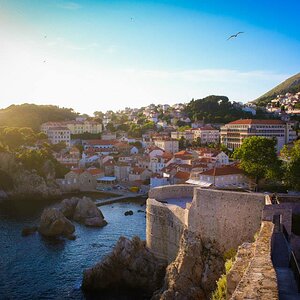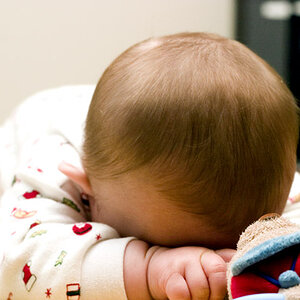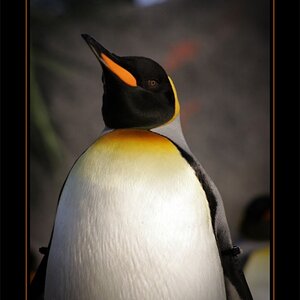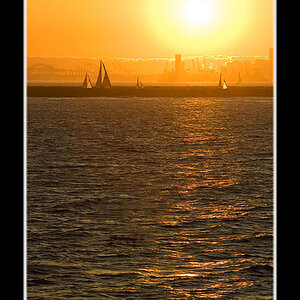Dao
No longer a newbie, moving up!
Better.
Meter the green part.
i.e. with spot meter, point the center spot to the green color of the circuit board. And then lock the exposure.
Now, what you can do without meter the green is just dial the exposure compension to +1/2 stop or +1 stop and then retake it.
Meter the green part.
i.e. with spot meter, point the center spot to the green color of the circuit board. And then lock the exposure.
Now, what you can do without meter the green is just dial the exposure compension to +1/2 stop or +1 stop and then retake it.



